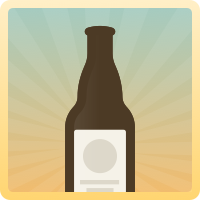Thanks to the popularity of the Quantified Self movement, there are 'gadgets' for tracking just about any thing. Anyone who is aware of my Kickstarter/Indiegogo problem knows that there are always new hardware devices popping up and I back many of them. Tons of them are garbage, or never materialize in a sustainable commercial form but they are often based on sound science. Most of the crowd funding pages for these devices provide links to scholarly articles that you can read through in order to get an understanding of how they likely work. You can then use pubMed
to find even more information.
Many of these devices (and the underlying businesses) get killed by the regulatory burden of them riding the fine line between hardware measurement curiosity and medical device. A frequent problem with these devices is making them easy to use and glean actionable results from. Doing this in a way that is generalizable across the broad spectrum of the world's population is near impossible (especially when you factor in the regulatory problems of making any sort of 'medical' claim). Due to this, surfacing discrete accurate values is sometimes completely meaningless and is increasingly being avoided by these manufacturers. To someone who wants to 'improve', knowing the exact value is often useless any way without seeing a long trend of your data with your body being exposed to the many variables that it would be outside of a lab setting. What might be a 'good' value for me, is a 'bad' value for you, etc. This has lead many device manufacturers to focus on establishing baselines and monitoring trends. This idea and the ubiquity of the hardware and software used to create the 'Internet of Things' encouraged me to investigate the feasibility of building my own ability to measure what's meaningful to me.
| 


